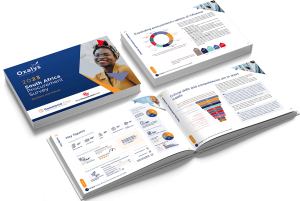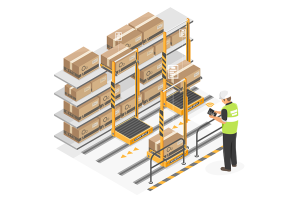All sorts of spend analytics technology is available – but how do you best translate this data into constructive action? Procurious spoke to Kirk Poucher, Managing Director of SpendHQ.
We all know that spend analytics is a must-have these days. There is a wide variety of procurement technologies available but, despite all of these solutions at our disposal, many enterprises still struggle with their ability to manage the nuances of their spend data and to transform such into actionable intelligence. Here are three challenges that most organisations face when it comes to establishing their spend analytics practice:
#1 – Challenge of data management
First, knowing where all your spend data resides is not a one-and-done process but rather an ongoing exercise. Regardless of how mature a procurement organisation is with technology, spend data will invariably come from many different places: accounts payable (AP) systems, purchasing cards, travel and expense (T&E)/expense management and/or payment consolidators (transportation, utilities, etc.), not to mention third-party sources for things like enriched vendor data. Moreover, organisations are in constant flux owing to mergers and divestitures, so even if the goal is to put all data in one place, like an enterprise resource planning (ERP) or source-to-pay (S2P) suite, there is no guarantee that it will always come from one data source.
For instance, given the rapid pace of change in industries such as biotech/pharmaceutical, healthcare and technology, it is not uncommon to have multiple instances of the same ERP or procurement technology that still need to be reconciled. So, whether by application programming interface (API) or file load, merging data with multiple data formats from dozens of locations in multiple currencies requires expertise to interpret, understand and separate the spend data into procurement-centric spend categories that are sourcing-ready.
#2 – Challenge of data visualisation
The process around data optimisation (collection, normalisation and enrichment) is only part of the challenge. Even if you have good quality data that you transform into useful information, the ability to interpret and tell a story is not always easy. Whether data visualisation is an art or a science, end-user adoption requires user interface (UI)/user experience (UX) design that aligns spend data in a way that sourcing and procurement professionals can leverage in both an exploratory way (i.e. identifying spending trends/patterns) and in an explanatory way to share where savings and compliance opportunities exist for a business.
Along these lines, today, there is a variety of business analytics solutions that are available for spend analysis. For instance, most organisations use traditional tools, such as Microsoft Excel, in some shape or form. Excel can provide a quick means for many learned users to manage custom formulas and to manipulate data for analysis efforts. But relying on spreadsheets alone for spend analysis can end up taking a lot of time and resources based on the difficulty of managing and scaling in the long run.
Others take on spend analysis as part of their wider business intelligence (BI) efforts. Tools like Microsoft Dynamics, Tableau and Qlik are often recognised by analysts for offering the latest in visualisation and self-service analytics. However, since they are not designed for procurement, they often fail to provide the desired results for spend analysis initiatives because the data is not provided in the vernacular of procurement. Further still, while BI dashboards may be customisable, the effort to manage and accommodate spend requirements makes BI difficult and expensive for procurement teams to manage, especially if the tool is being managed centrally by IT and not by the business.
#3 – Challenge of ‘too much procurement technology’ under one roof
Finally, there are spend analytics tools that come as part of strategic sourcing or S2P suites that offer spend analysis as one of many offerings. Many of these technologies started in strategic sourcing but have since focussed their direction on building a platform/suite with wider purchase-to-pay (P2P) applications. Others have acquired the spend analysis technology as part of their S2P solution but have little in-house expertise to help in understanding the data, or may be limited in their ability to apply analysis outside of the technology suite.
While focussing technology on improving processes and workflows between sourcing and procurement processes, and establishing a common data model across an entire suite, managing data outside of these technologies is still necessary. Also, owing to this focus on integrating modules, there are often limited native spend analytics and visualisation capabilities within these tools designed specifically for spend analysis, further enhancing the need for third-party tools that are not natively built. Therefore, despite the ability to bring many process areas under ‘one roof’, they are not always easy to use and they lack purpose-driven experiences for those focussed on spend analysis efforts related to sourcing or category management.
Given these challenges, focussing on a spend intelligence system that provides rapid, accurate and detailed visibility into spend data, combined with data optimisation and expertise, should still be in vogue, despite all the trends telling us how procurement technology and services should work.



























